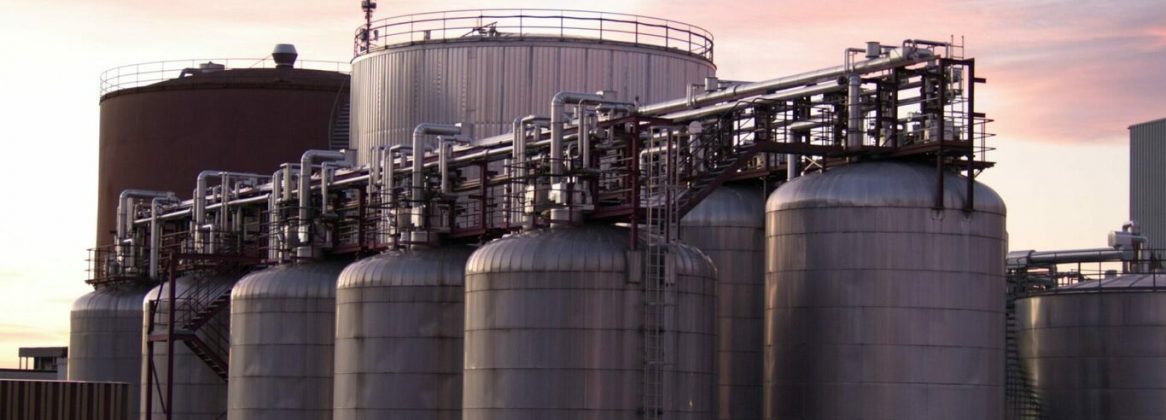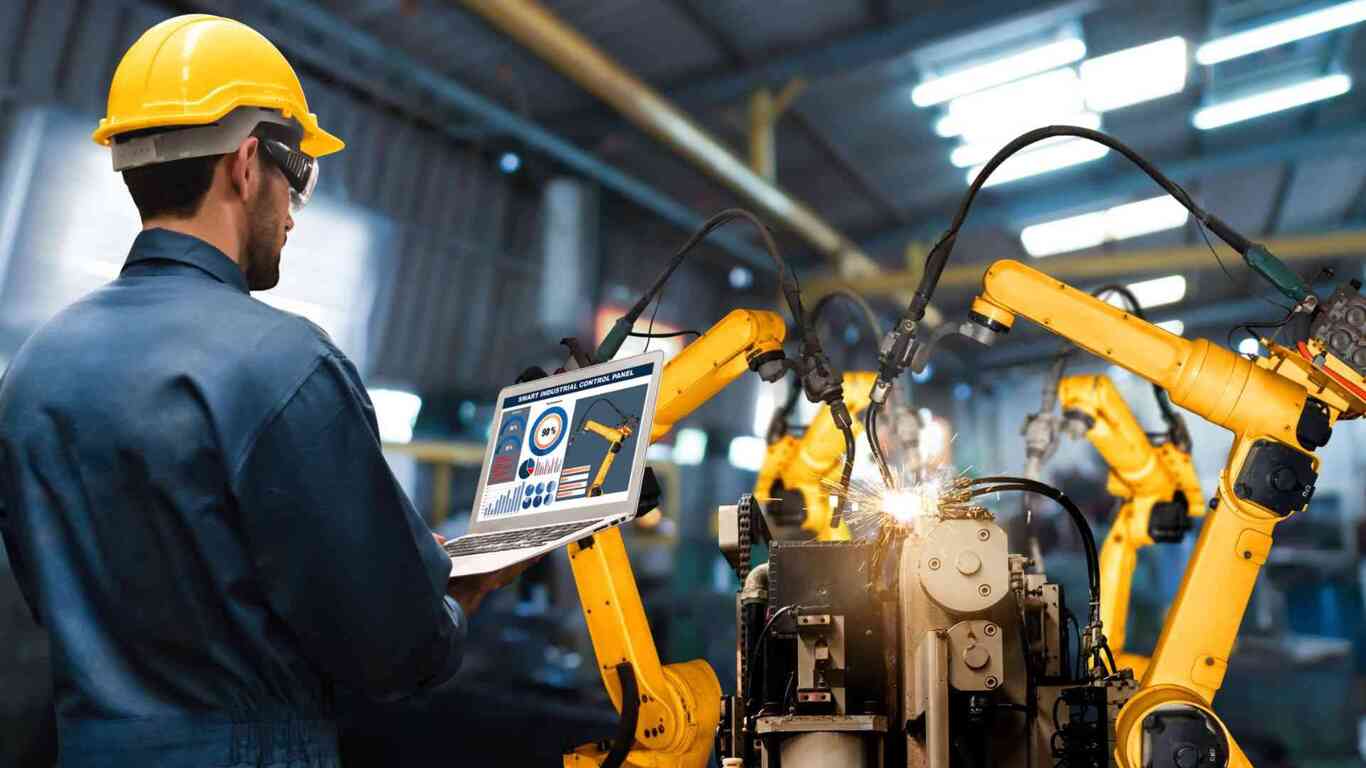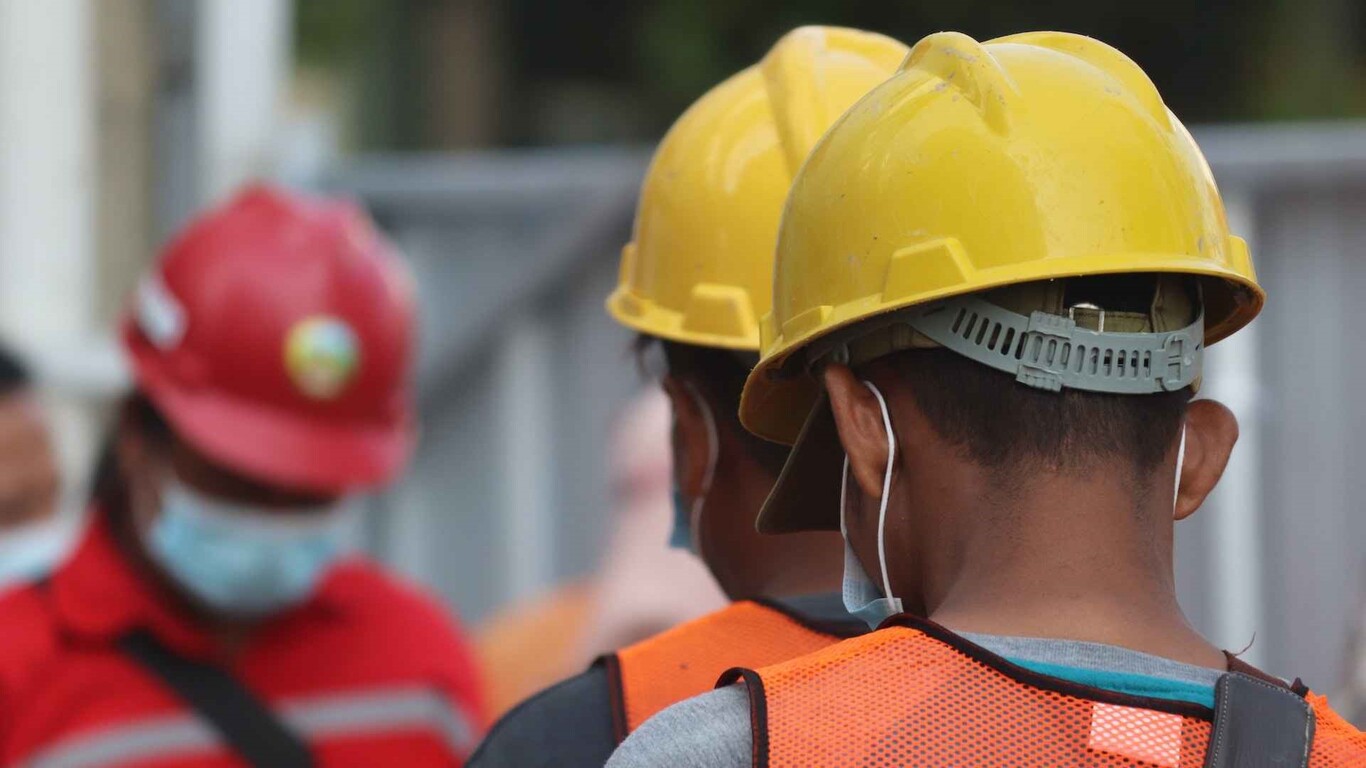Across traditional and collaborative projects, the 21st-century Jobsite has evolved to smarter, quicker, and more effective ways of management. And as more Generation Z gain entry into the workforce, stakeholders are continuing to scale up technology use and manage projects with intelligent tools that help workers be more productive.
Apart from appealing to new job entrants, technology now enables real-time Jobsite data that can be used to effectively optimize the schedule and budgets of a project. This is particularly relevant for STOs and other large-scale projects in heavy industries where stakeholders are spread across and tracking resources may prove difficult.
Functioning through cloud-based, integrated, or mobile platforms, allows data synchronization through several channels. For example, cameras and drones can be used to get photos, monitor projects, and secure resources, while location data can be acquired via electronic tags and remote diagnostics. This rich data can then be analyzed to find a single point of truth and gain insight for decision making.
Some of the key areas that real-time insights can add value to during a project include:
- Resource optimization
- Collaboration of stakeholders
- Tracking and forecasting
- Identification of bottlenecks in the critical path; and
- Job satisfaction

Resource optimization
Man, material, and machine resources are three essential elements in a project. When one of these resources lags or is inoperative, project goals may be difficult to achieve. However, when these resources are made available, harnessed, and optimized to their full potential, the success of a project is inevitable.
A solution that harnesses real-time field data allows project managers to monitor the productivity of their workforce and bring to bear the science of ergonomics to assign tasks based on the availability, workload, and capabilities of their workers.
Additionally, project managers can use digital checklists and live updates to ensure materials are always available on the Jobsite and via real-time status information, they can schedule preventative maintenance procedures.
Efficient collaboration between stakeholders
Left on its own accord, information sharing among project stakeholders can become uncoordinated and critical information relevant to the success of a project may not be received by everyone and key insights may be lost altogether. Little wonder that 86% of workers and executives cite a lack of collaboration or ineffective communication for workplace failures.
However, with real-time data from the Jobsite and workflow automation, everyone – from senior management to planner and inspector – can easily exchange information and make timely decisions. This quick dissemination of information keeps everyone in the loop, reduces bottlenecks, increases job coordination, and First-Time Right rates.
The end result is a harmonious workspace where workers can give feedback, managers can get status updates from the Jobsite. A real sense of partnership is bred as vertical and horizontal collaboration is fostered and everyone knows what is happening, when it’s happening, and how it’s happening.
Better tracking and forecasting
With a smart solution and real-time insights, project managers can make educated, data-driven projections on the human, financial, and deadline status of their project.
They can easily monitor work hours, keep track of workers’ schedules, and analyze issues on different sites. Furthermore, they can track cash outflow vis-à-vis the project budget allocation and even set an alert to trigger when a certain percentage of their budget is exceeded.
In addition to keeping the project on schedule, they can centralize their data sources, easily track the actual performance of their KPIs (as opposed to the traditional end-of-shift schedule performance), and use a more accurate s-curve to realign their resources to achieve maximum project results.
Quick identification of bottlenecks in the critical path
Several issues may arise during the course of a project, from accidents (often resulting from human error) to a breakdown of mechanical assets or unavailability of resources. If allowed to happen, any of these could result in loss of critical hours and stakeholders left scrambling to meet deadlines.
Fortunately, with automation and real-time field data, project managers can avoid these problems and stop them from derailing a project. Through data and revealing insights, they can quickly identify field execution issues and keep track of worker density and equipment status on the Jobsite.
Also, they can monitor worker qualifications and ensure they have the requisite training, licenses, and permits to carry out a task. In case of problems, project managers can offer real-time remote expertise and diagnostics for a quick resolution.
Job satisfaction
According to forbes, employees who feel their voice is heard are 4.6X more likely to feel empowered to perform their best work. Proof positive that employee engagement, job satisfaction, and project success are interconnected!
Project stakeholders across departments need to ‘feel’ relevant and included in the project. They need to be heard and given a platform to voice their ideas and suggestions. What better way to achieve this than through establishing a real-time connection between teams?
Real-time data promotes a democratic setup that creates an atmosphere of inclusion for the workers. It fosters real-time collaboration, exchange of ideas, and information sharing. In the end, the Jobsite will be happier as the collective brainpower ensures that errors are avoided, delays are remedied, and productivity is enhanced.
Maximl’s Connected Worker platform leverages real-time data to foster collaboration, improve efficiency, and safeguard all stakeholders




